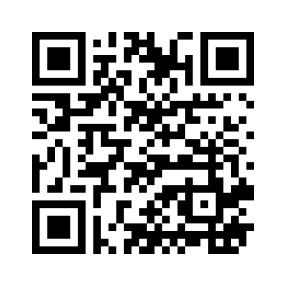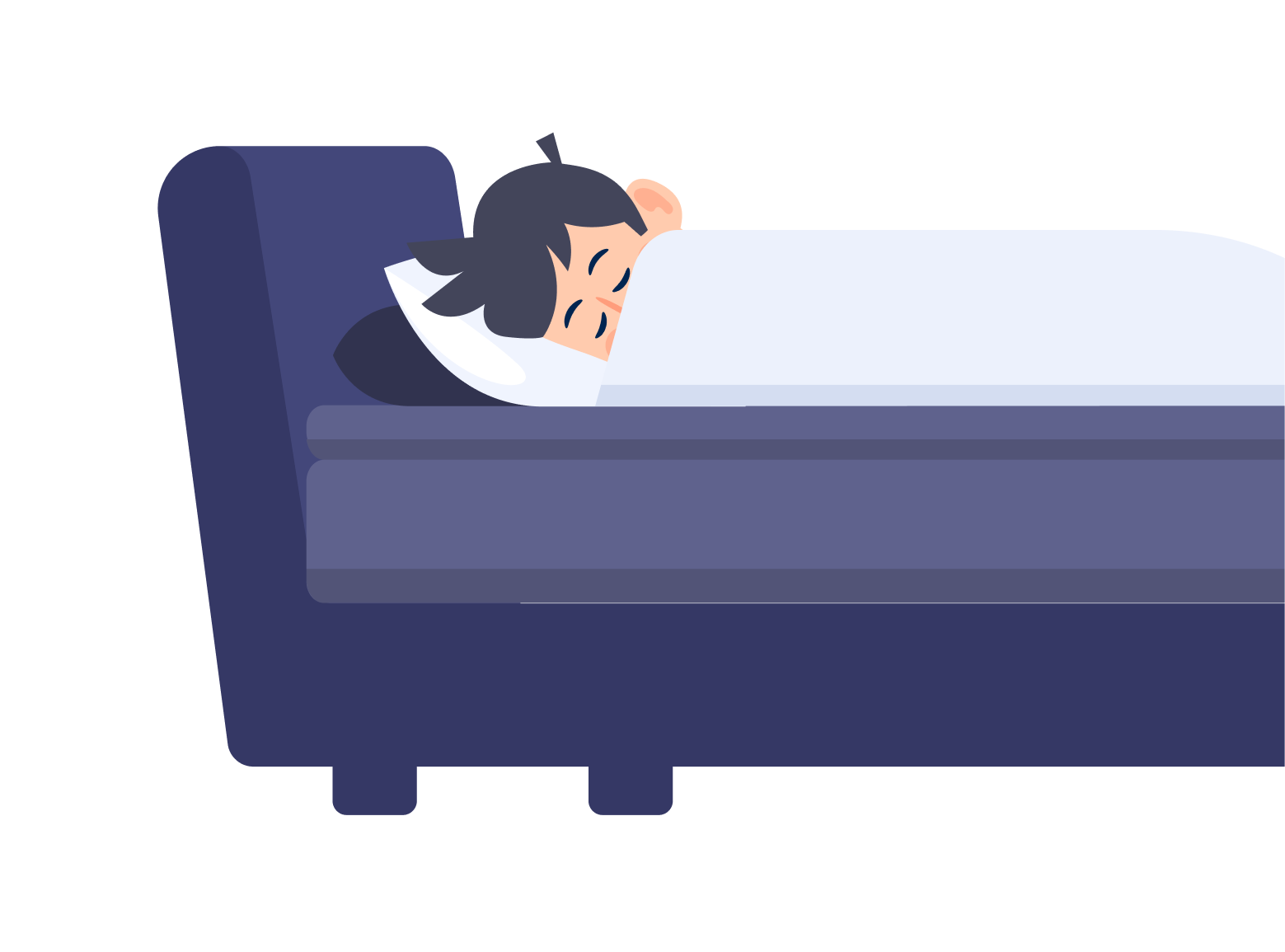Dream Perspective: Meaning, Symbolism & Insight
Dream perspective plays a powerful role in how we experience our dreams. Whether you see events through your own eyes or watch yourself from afar, dream perspective changes emotion, control, and interpretation. Understanding this difference can reveal how your subconscious manages stress, emotion, and self-awareness.
Want to analyze your dream perspectives? Try Dreamly — your AI-powered dream journal on Android and iOS.

Why Dream Perspective Matters in Interpretation
Perspective is more than visual angle — it shapes emotion and meaning. A first-person dream immerses you in the action, while a third-person dream lets you observe yourself from a distance. This shift in dream perspective determines how intense or detached your feelings become, offering clues to your inner world and emotional readiness.
First-Person Dream Perspective and the Ego
When you dream through your own eyes, you become the main actor. Every moment feels real — fear, love, and triumph hit deeply. Such dreams reveal your strongest desires or worries. They mirror your waking life’s pressure points and show how your ego processes emotional challenges.
Third-Person Dream Perspective and Emotional Distance
Observing yourself from afar provides a calmer lens. Third-person dream perspectives help you see behaviors, patterns, and reactions with less emotional overwhelm. It’s your subconscious way of teaching self-reflection safely — allowing insight without panic.
Switching Between Dream Perspectives
Some dreams change viewpoint midway. This sudden switch from first to third person (or the reverse) often marks a psychological shift — from fear to analysis, or from detachment to engagement. Tracking when these changes occur can help you pinpoint moments of realization or resistance within yourself.
Using Dream Perspective in Dream Journaling
Record whether your dream was first-person or third-person immediately after waking. Over time, patterns emerge: first-person perspectives may dominate during stress, while third-person views may appear when you’re processing old memories. Use this awareness to balance introspection and emotional healing.
Handling Emotional Reactions from Different Perspectives
After an intense first-person nightmare, ground yourself with deep breathing or gentle movement. If recurring third-person dreams feel detached, consider what emotions you might be avoiding. Recognizing your dream perspective helps turn confusion into curiosity — and insight into calm.
Conclusion: Let Dream Perspective Be Your Guide
Dream perspective is a key to self-understanding. First-person dreams reveal raw emotion and direct confrontation; third-person dreams offer wisdom through observation. By exploring how you view yourself in dreams, you uncover how you face life itself — sometimes through feeling, sometimes through reflection, always through growth.
Track your dream perspectives and gain deeper awareness with Dreamly on Android and iOS.








